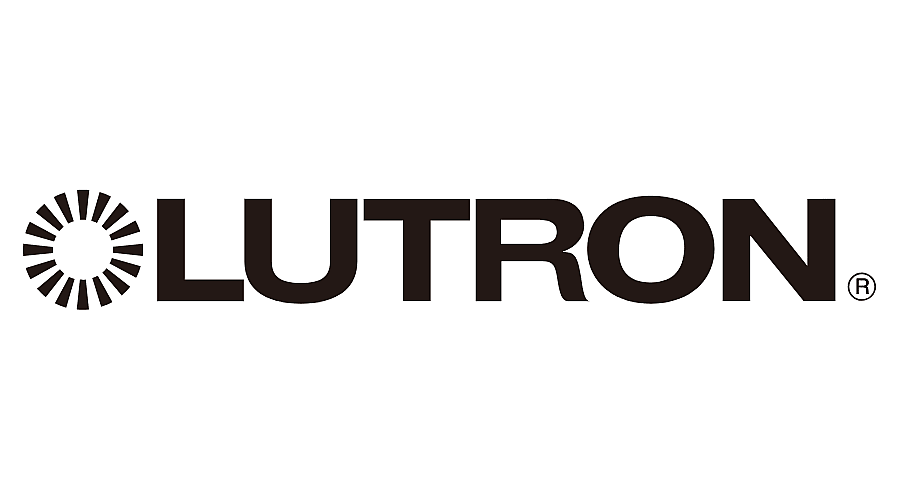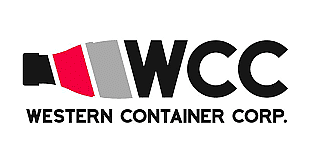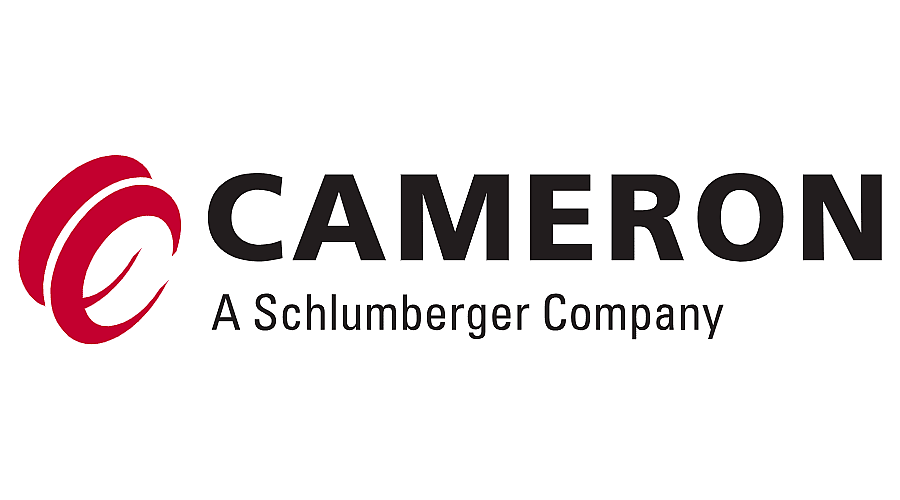Understanding the Dezincification Process
Dezincification is a process that can hasten the deterioration process of metal alloys. It’s something to avoid for metal structures to protect the structural integrity of the application. The first step to prevention is understanding the dezincification process.
Dezincification: What It Is
Dezincification is the natural process where zinc is selectively removed from a metal alloy. When this happens, the metal alloy is left as a weaker, porous, copper-heavy structure.
When looking at a metal alloy, dezincification varies in how it presents itself. It can often look like dull red spots, holes, and fractured surfaces.
How it Happens
Zinc is a highly reactive metal. It has a very weak atomic bond in comparison to other metal types. These properties make it more likely to give in to solutions with more aggressive characteristics.
It happens more commonly when metals come into contact with water that is slightly acidic or alkaline. Water with low aeration, low liquid flow rates, and permeable deposits or coating on the surface of the metal are all contributing factors increasing the risk of dezincification. Copper-zinc alloys with more than 15 percent zinc are the most susceptible to the dezincification process.
Prevention and Solutions
Avoiding dezincification is essential whenever possible. Here are a few methods for decreasing your metal alloy structure’s risk of dezincification:
- Using a metal alloy with less than 15 percent zinc
- Add small amounts of antimony or phosphorus to the metal alloy
- Keep the metal clean and avoid dust
- Avoid high water temperatures
If your metal structure is already experiencing dezincification, there are a few solutions you can explore. The most common solution is to replace the metal with one less likely to experience dezincification.
If you’re worried about dezincification or other forms of deterioration and corrosion, contact Dreiym Engineering today. We are experts in corrosion prevention. We offer many services, including CP surveys and much more.












































